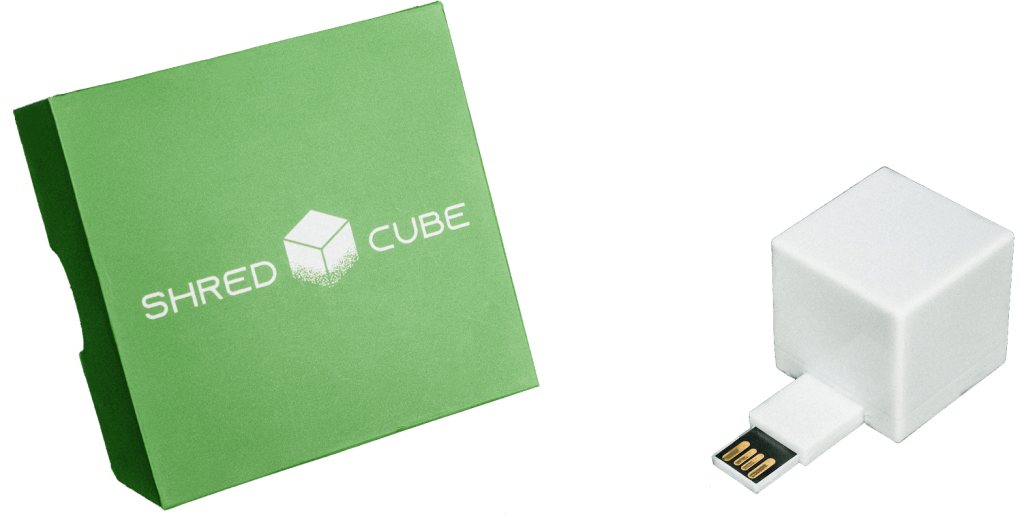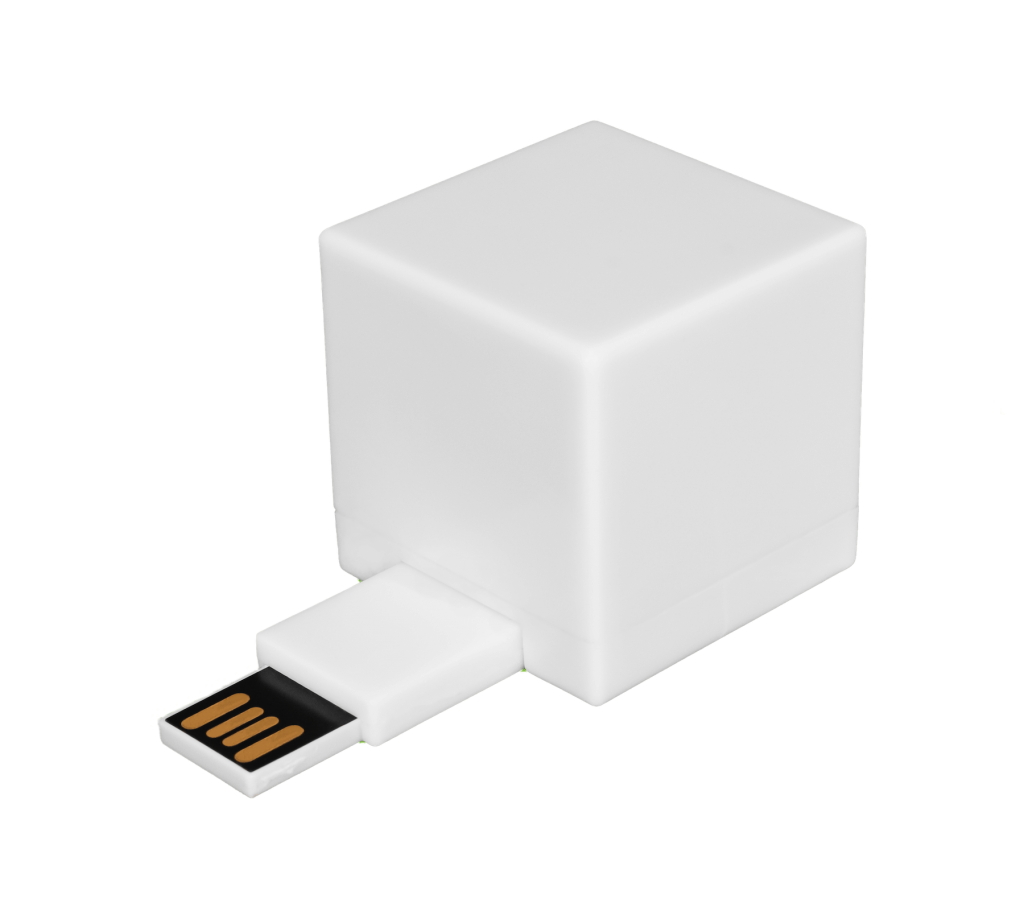Cybercriminals use all kinds of tactics to gain access to victims’ computers, and IP spoofing is one of the hardest to detect and the most difficult to track. IP spoofing is also called internet address spoofing, and it is a type of cyberattack that involves a criminal tricking a victim’s computer or network into thinking the information from the criminal is from a legitimate and trusted entity.
Hackers use IP spoofing to gain access to computers and networks so they can steal data or leverage the compromised devices to commit even more attacks. This guide is designed to help protect you from IP spoofing. It defines the practice, explains some of the most common IP spoofing attacks, and provides tips on preventive measures.
What Is IP Spoofing?

Spoofing refers to a range of cyberattacks where criminals disguise their activities by impersonating other users, devices, or clients on the internet. There are several varieties to know about, including:
DNS Server Spoofing
This approach redirects a domain name to a malicious IP address.
ARP Spoofing
The hacker links an attacker’s MAC address with a legitimate IP address.
IP Spoofing
This version disguises an attacker’s origin IP address with a legitimate IP address.
Computer networks communicate by exchanging packets of data, which come with multiple headers, including the IP address of the packet’s sender. IP spoofing involves putting false information such as randomized numbers in the source IP header. This tricks the network receiving the packet into thinking it came from a legitimate source.
Clean Your Computer in Minutes, not hours...
The Shred Cube wipes your unwanted computer files, that you choose, in minutes. Try it for yourself.
Get The Shred CubeTypes of IP Spoofing Attacks
IP spoofing attacks typically take one of the following three forms. Each of these can be costly to the victim, and hackers have used these tactics to do some mind-boggling damage:
DDoS Attack
A DDoS attack is when cybercriminals overwhelm a server with excessive traffic to slow it down or make it crash. Criminals often use this strategy to distract network administrators from other attacks they want to perpetuate. IP Spoofing makes it looks like the server requests are coming from legitimate users, and it hides the criminal’s identity from security officials and law enforcement.
Botnet Attacks
A botnet attack involves using IP spoofing to gain access to a group of devices called botnets without the owners noticing. The cybercriminals then infect the devices with malware and turn them into an army of “zombies” that attack other networks or devices.
The hackers often steal data from the original devices before using them to send spam or generate a DDoS attack. They also use these attacks to threaten companies and convince them to pay a ransom.
Man-in-the-Middle Attacks
Man-in-the-middle attacks use IP spoofing to alter communication between two computers. This scam involves changing the information in the packet when it’s being transmitted from one computer to another.
Neither the original sender nor the recipient realizes the messages have been intercepted, and they think they are communicating with a trustworthy source. This type of IP spoofing is commonly used to commit identity theft, wire fraud, and similar types of crime.
IP spoofing has disabled websites such as GitHub through DDoS attacks, and it has caused billions of dollars in losses in other attacks. The GameOver Zeus botnet, for example, caused hundreds of millions of dollars in losses around the world through IP spoofing in 2014.
How to Protect Yourself From IP Spoofing

Effective IP spoofing allows the cybercriminal to get past the figurative moat and into the castle, where they move around undetected, committing damage or stealing information. Detecting these attacks can be difficult, as there are few external signs they are happening. Individuals and businesses can create a layer of defense, however, by taking the following actions:
Only Use Secure Internet Connections
Secure the traffic that goes into and out of your server, and make sure you have a robust, unique password on your home’s router. Do not access the internet through unsecured public Wi-Fi, but if you have no other option, route your traffic through a virtual private network (VPN) that will encrypt the data coming into and leaving your computer.
Invest in Security Solutions
Use antivirus software to scan incoming traffic for malware and other threats, and make sure you update the software regularly, so it has the most up-to-date encryption and security patches. Set up a firewall that will authenticate IP addresses and block access to unauthorized users, especially if you’re securing a business network.
Use Packet Filtering
Packet filtering scans the packets of information your computer receives to ensure it’s from a trusted source and not a hacker. The filtering process examines the packet’s headers to help ensure they are legitimate.
Being aware of the risk is the first step. Individuals need to understand how they can protect their personal information and home networks, and if you run a business, you need to train your employees about safety protocols.
It is vital that you and your employees understand the importance of never clicking links or downloading materials from untrusted sources. They should also know the main signs of a phishing email and how these often look like they’re from a legitimate source.
Contact Shred Cube for Help Securing Data
Attackers get onto devices looking for information, but a device that doesn’t have that much information can thwart their efforts. Deleting data from a computer, unfortunately, doesn’t erase it permanently. The data stays hidden on the device, where it is vulnerable to hackers or others who get into the system through IP spoofing or other methods.
Shred Cube can help protect your device. It permanently erases deleted files from a variety of devices, and because it comes on a USB drive, you don’t have to worry about malicious code piggybacking on a legitimate download. Contact our team today to learn how we can help you protect your data.












